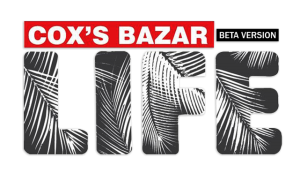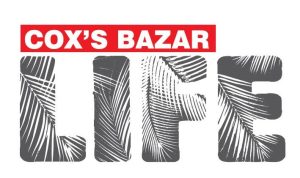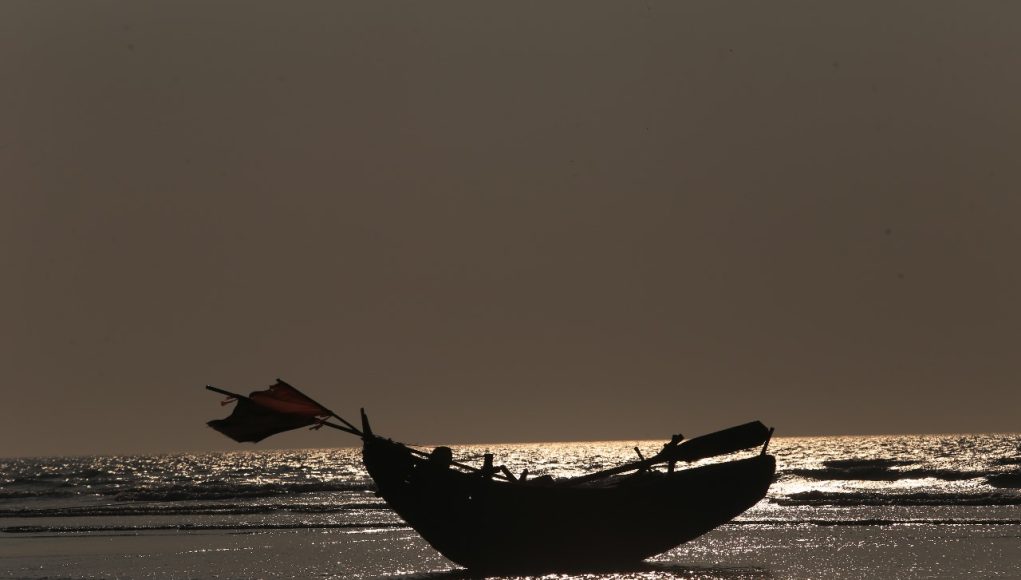Along the coastal belt of Cox’s Bazar, fishermen rely on various types of boats for their livelihood. These boats, differing in design, structure, and usage, play a significant role in the local culture and economy. Below is an overview of the primary ships used by the fishermen of Cox’s Bazar:
Sampan—A traditional wooden boat, the Sampan is distinct for its crescent-shaped hull and raised bow (Anni). Primarily found in Chattogram and Cox’s Bazar, these boats were initially sail-powered but are now often fitted with engines. Sampans are commonly used on the Karnaphuli River for passenger and cargo transport.
Kosha Boat – A small, indigenous fishing boat with a blunt bow and stern, featuring an open deck. These boats mainly fish in shallow waters, including small canals and inlets.
Dinghi Boat – A compact boat with a rounded bottom and pointed bow, widely used along the coast and inland water bodies. While small Dinghies lack decks, larger ones are often covered with bamboo mats or betel nut tree planks. The trend of motorizing dinghies is growing among fishermen.
Trawler – A large, engine-powered wooden boat with a rounded hull and blunt ends. Typically operated by a crew of around 15, these boats are equipped for deep-sea fishing, using gill nets and purse seine nets.
Moon Boat – A heritage fishing boat unique to Cox’s Bazar, crafted from locally sourced Sheuri wood. These boats are mainly used in coastal fishing operations across Bangladesh’s shoreline.
Each of these boats serves a distinct purpose, shaped by the fishing environment and economic needs of Cox’s Bazar’s coastal communities. Their continued use highlights the region’s deep-rooted maritime traditions and the vital role of fishing in sustaining the local economy.
By Rajin Saleh
Photo: Hussain Shetu










